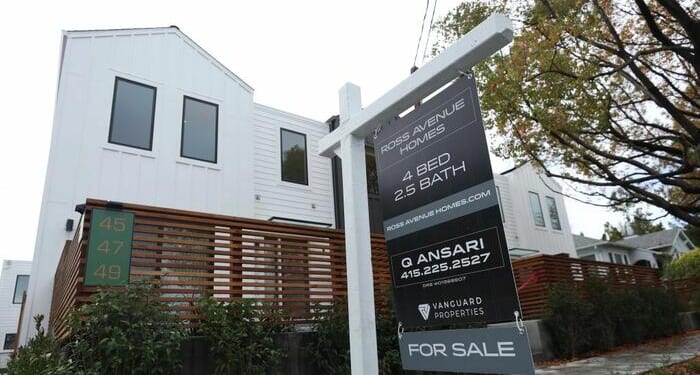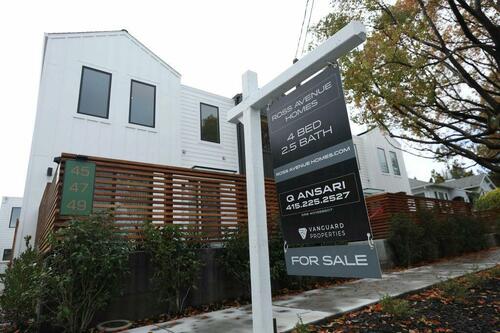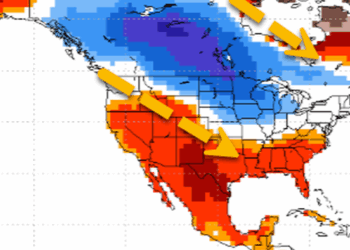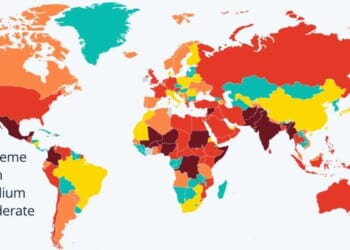Authored by Mary Prenon via The Epoch Times (emphasis ours),
Retailers aren’t the only ones offering huge discounts for Black Friday. A Nov. 24 press release from Zillow indicates that the average home listing experienced record-breaking cumulative discounts of up to $25,000 in October.
While typical price cuts are closer to $10,000, multiple reductions are starting to become the norm as homes are sitting longer on the market, according to the release. Many sellers are more agreeable to negotiating for a more timely sale while still reaping desirable profits.
“Most homeowners have seen their home values soar over the past several years, which gives them the flexibility for a price cut or two while still walking away with a profit,” Zillow Senior Economist Kara Ng said in the release. “These discounts are bringing more listings in line with buyers’ budgets, and helping fuel the most active fall housing market in three years.”
Some of the nation’s most expensive markets are offering the biggest median discounts, the release said. In four California metros—San Jose, Los Angeles, San Francisco, and Dan Diego—buyers may be able to save between $50,000 and $70,000 or more off the listing price. In New York, some homes have seen reductions of up to $50,000.
Based on home values, some of the largest discounts recorded have been seen in Pittsburgh, New Orleans, and Austin, Texas, with savings of up to $20,000, according to the release. Smaller discounts of up to $15,000 have been popping up in more affordable markets, including St. Louis, Indianapolis, and Louisville, Kentucky.
The release also said homes in Oklahoma City, Oklahoma, are selling quicker than the national average, and sellers there don’t necessarily need to reduce prices to attract buyers.
In its 2025 Consumer Housing Trends Report, Zillow noted that 43 percent of homebuyers live in the South, 23 percent in the Midwest, 21 percent in the West, and just 13 percent in the Northeast. The South also offers the most inventory, while the Northeast offers the least.
The report also found that buyers have higher household incomes than the overall U.S. population: $97,600 versus $74,600. Typical buyers also tend to have more education, with 49 percent holding a four-year degree—compared with 35 percent of all American adults.
Most buyers—61 percent—purchased and shared ownership of their home with at least one other person, while just over half of buyers co-bought with a partner or spouse. Co-buying with a relative or friend was less common.
The National Association of Realtors (NAR) recently reported that existing home sales grew by 1.2 percent in October to 4.10 million, while the median home prices nationwide was $415,200. The median time on the market for properties inched up to 34 days from 33 days in September and 29 days in October 2024. Just 2 percent of those sales were classified as “distressed” sales involving foreclosures and short sales.
“Rents are decelerating, which will reduce inflation and encourage the Federal Reserve to continue cutting rates and pulling back their quantitative tightening,” NAR Chief Economist Lawrence Yun said in the report. “This will help bring more homebuyers into the market, since the Fed rate has an indirect impact on mortgage rates.”
As of Nov. 20, Freddie Mac showed mortgage interest rates of 6.26 percent for a 30-year fixed mortgage and 5.54 percent for a 15-year fixed mortgage.
Loading recommendations…


















